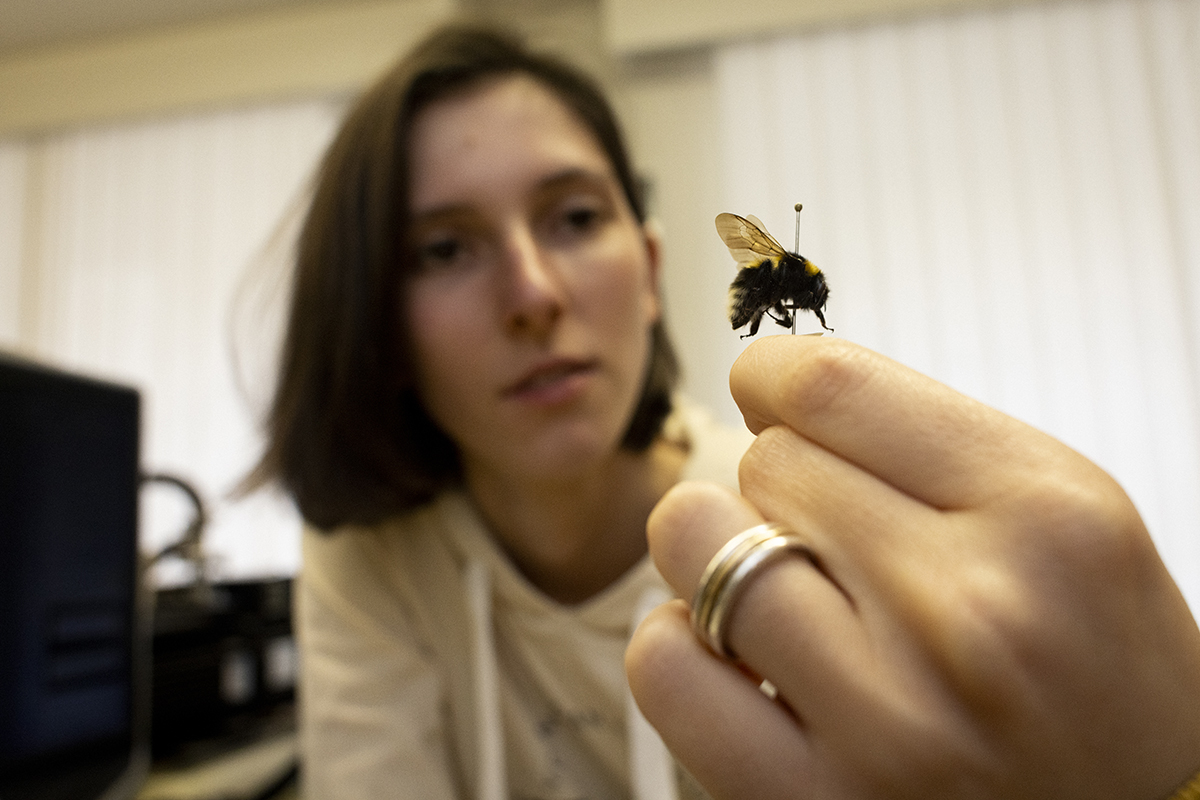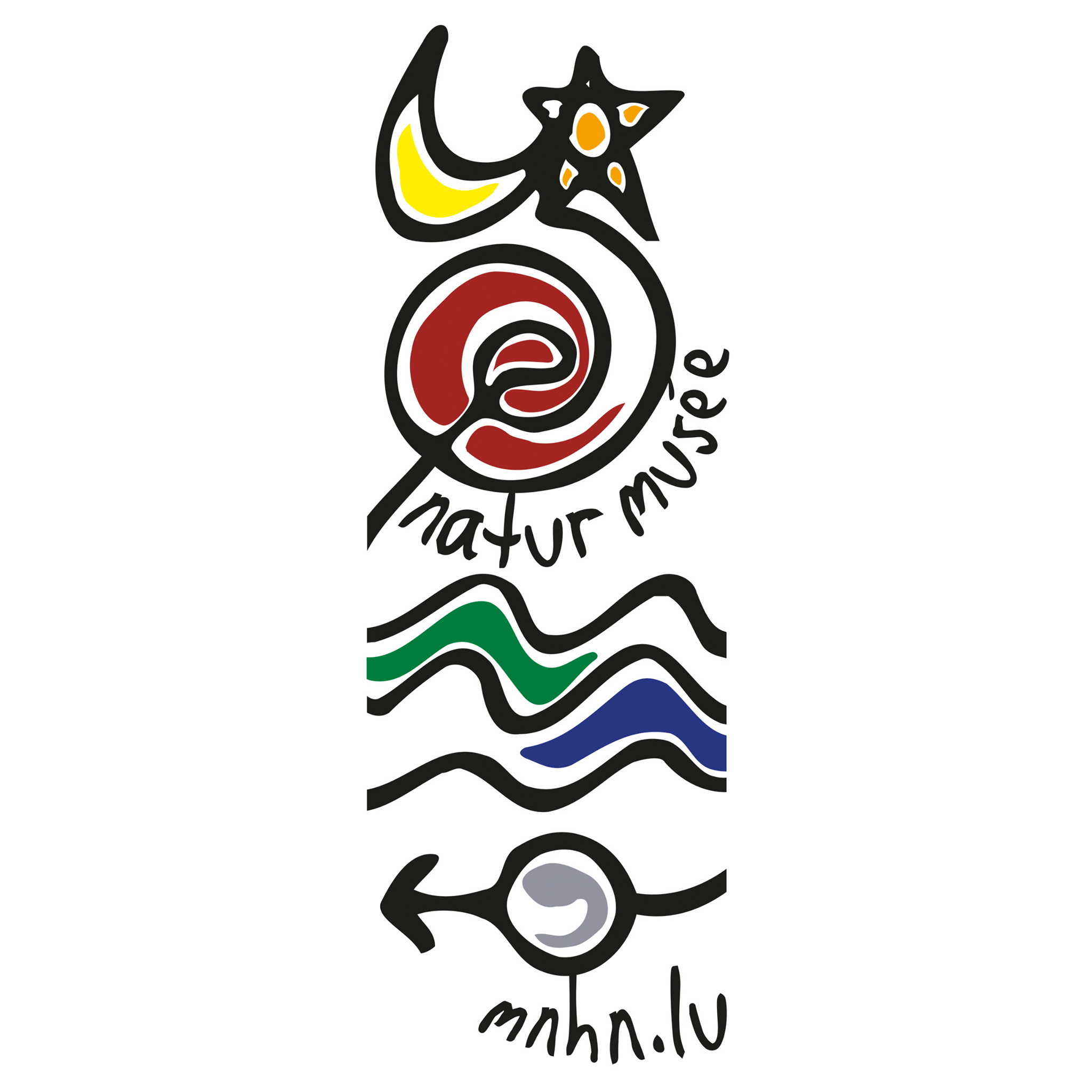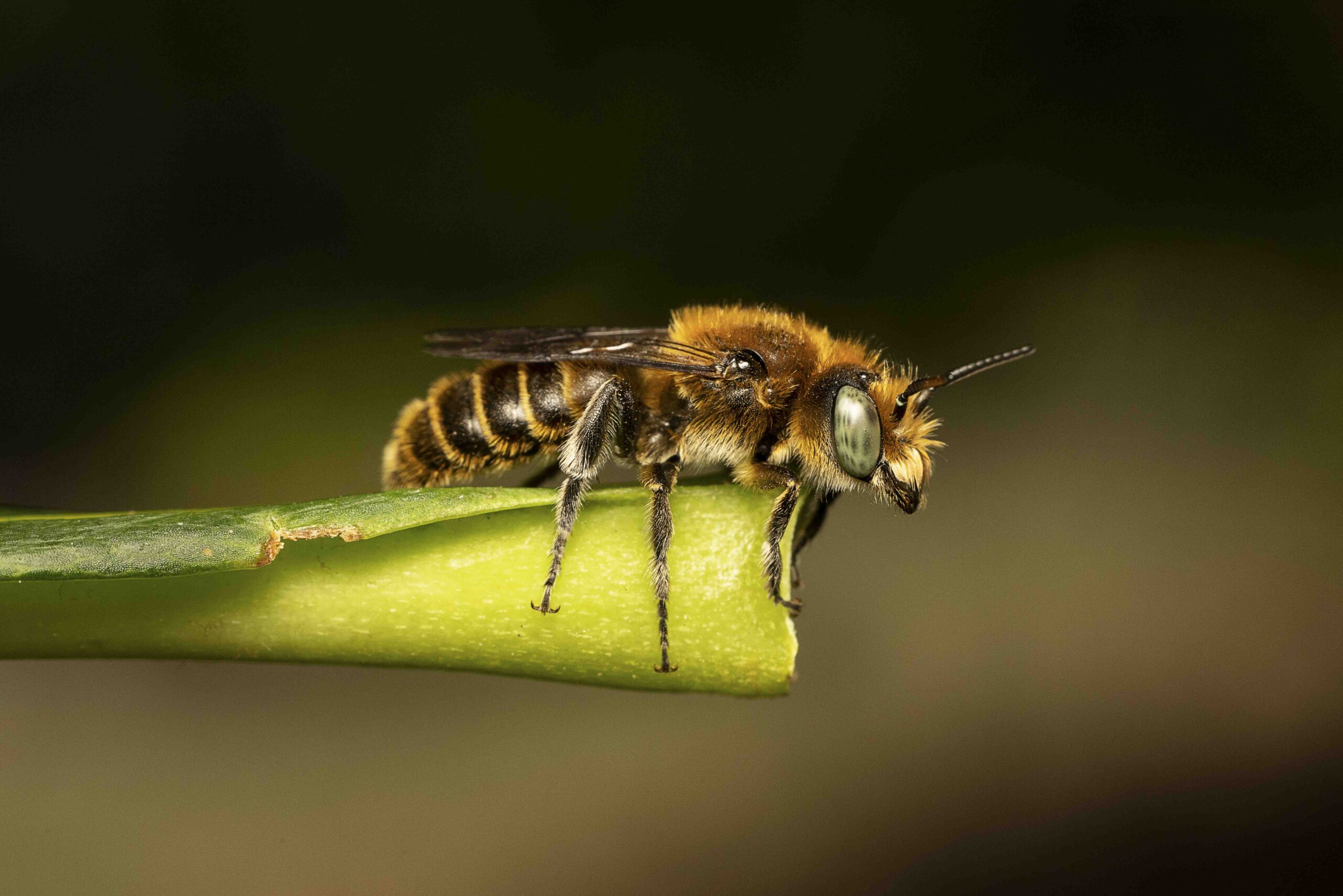DNA Barcodes
Barcodes
Barcode reference library
DNA-based species identification techniques
Working towards Integrative Taxonomy.
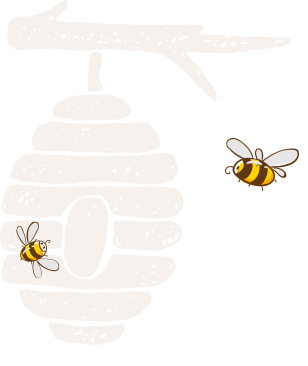
Animal DNA barcoding: Step by Step
1.
Tissue sampling
The process starts by collecting a small tissue sample or body part (e.g. hair, blood, saliva, exoskeleton, etc) from the organism of interest. The DNA is contained within the cells that form the tissue.
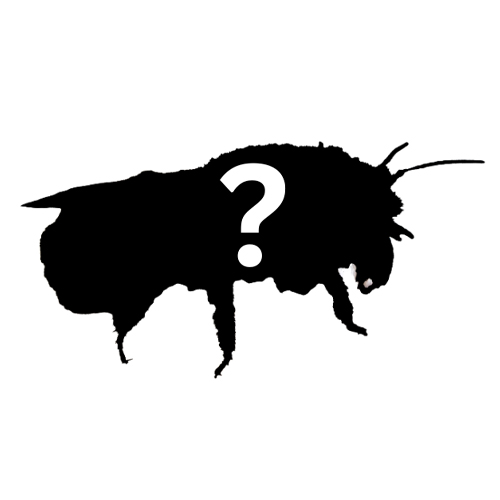
2.
DNA extraction
In this step, chemicals are used to separate and “clean up” the DNA from all other components of the tissue sample (e.g. proteins, oils, fats, etc). Depending on the type of sample, different techniques can be used, but all of them have one goal in common: to isolate DNA from all interfering substances so it can be properly amplified.

3.
Amplification
Once the DNA has been cleaned, the target gene fragment is amplified using polymerase chain reaction (PCR). PCR is a type of in vitro DNA replication that generates copies of the target fragment under controlled conditions. read more

4.
Sequencing
In order to identify an unknown organism, it is key to determine the specific nucleotide sequence of the amplified DNA molecules using a laboratory technique called “Sequencing”. read more
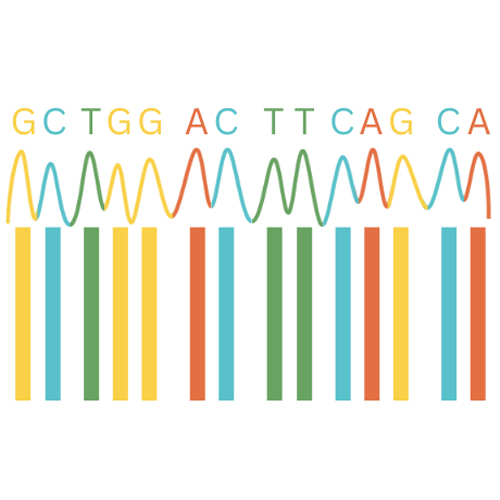
5.
Comparison against reference
The sequence of the genetic marker obtained in the previous step (the “DNA barcode”) is then algorithmically compared against a reference database. DNA-based techniques, such as barcoding, crucially rely on reference sequences and the accuracy of their results depends directly on the quality of these references. Without a library of validated DNA barcodes to compare against, unknown sequences cannot be identified with precision. read more
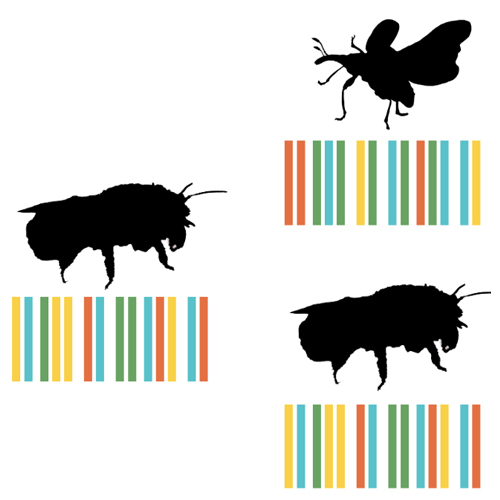
MNHNL barcoding projects
Local and international efforts are currently underway to fill DNA barcoding data gaps for the European wild bee fauna.
To support these initiatives, all new barcodes produced by the beelibre project have been uploaded to the online barcode collection of the MNHNL. At the Public Data Portal of BOLD Systems, you can access an overview of all deposited DNA barcodes of the museum (search code: “MNHNL”), as well as those produced by partner institutions and research centers abroad.
References
Cilia, G., Ranalli, R., Zavatta, L., & Flaminio, S (2024). Hidden and Wild: An Integrated Study of European Wild Bees. Springer, Switzerland:1-528. https://doi.org/10.1007/978-3-031-76742-5
Herrera-Mesías F, Ep Jarboui IK, Weigand AM (2022) A metabarcoding framework for wild bee assessment in Luxembourg. Journal of Hymenoptera Research 94: 215–246. https://doi.org/10.3897/jhr.94.84617
Herrera Mesías F, Weigand AM (2021) Updates to the checklist of the wild bee fauna of Luxembourg as inferred from revised natural history collection data and fieldwork. Biodiversity Data Journal 9: e64027. https://doi.org/10.3897/BDJ.9.e64027
Hochkirch, A., Casino, A., Penev, L., Allen, D., Tilley, L., Georgiev, T., Gospodinov, K. and Barov, B. 2022. European Red List of Insect Taxonomists. Luxembourg: Publication Office of the European Union.
Reverté, S., Miliˇcic, M., Aˇcanski, J., Andric, A., Aracil, A., Aubert, M. et al. (2023) National records of 3000 European bee and hoverfly species: A contribution to pollinator conservation. Insect Conservation and Diversity, 16(6), 758–775. Available from: https://doi.org/10.1111/icad. 12680
Schmidt, S., Schmid‐Egger, C., Morinière, J., Haszprunar, G., & Hebert, P. D. (2015). DNA barcoding largely supports 250 years of classical taxonomy: identifications for Central European bees (Hymenoptera, Apoidea partim). Molecular Ecology Resources, 15(4), 985-1000.

